Chart of the week: a new baby boom for Japan?
Japan’s total fertility rate (TFR), the average number of children a woman has in her lifetime, has been on the rise in recent years.
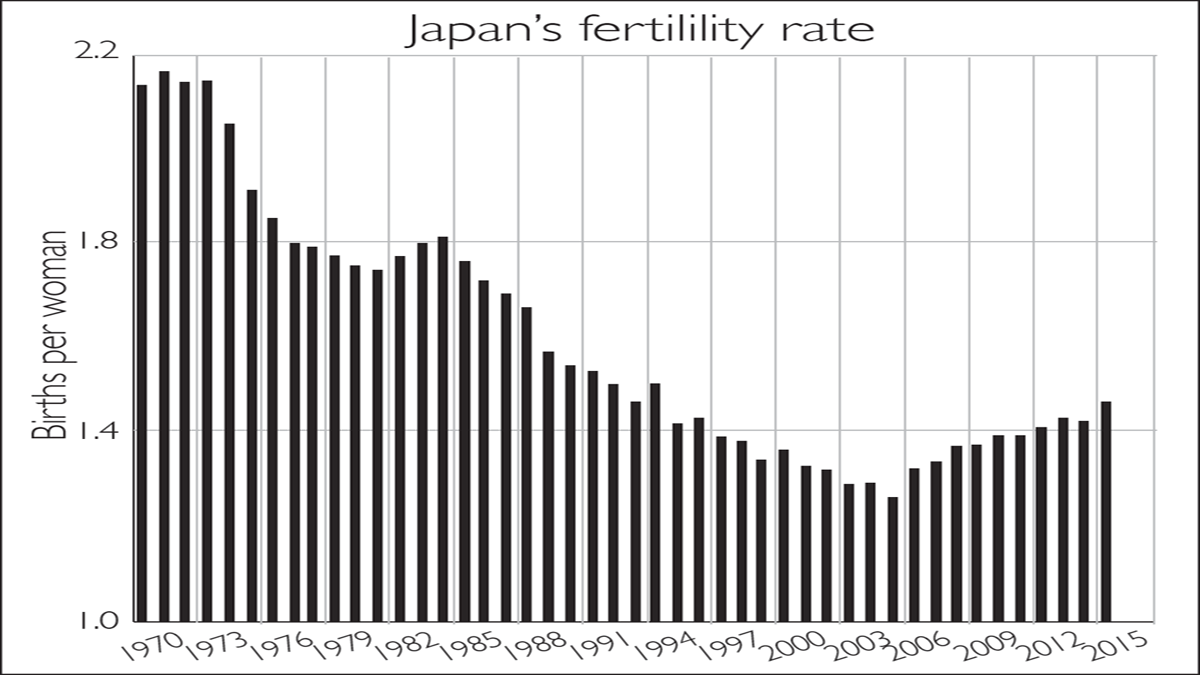
Japan's total fertility rate (TFR),the average number of childrena woman has in her lifetime, hasbeen on the rise in recent years,says Robert Sierra in HalkinServices' weekly newsletter.
In 2015 it hit 1.46, the highestsince 1994. Many hope that thisheralds a structural increase in the birth rate, reflectinggrowing confidence in theeconomy. But it could just be aresult of people having childrenlater in life, which creates aperiod when the birth rate isunusually low but reboundsas people eventually start afamily.
In any case, the TFR isstill far below the 2.1 required tostabilise the population.
Subscribe to MoneyWeek
Subscribe to MoneyWeek today and get your first six magazine issues absolutely FREE

Sign up to Money Morning
Don't miss the latest investment and personal finances news, market analysis, plus money-saving tips with our free twice-daily newsletter
Don't miss the latest investment and personal finances news, market analysis, plus money-saving tips with our free twice-daily newsletter
Get the latest financial news, insights and expert analysis from our award-winning MoneyWeek team, to help you understand what really matters when it comes to your finances.
MoneyWeek is written by a team of experienced and award-winning journalists, plus expert columnists. As well as daily digital news and features, MoneyWeek also publishes a weekly magazine, covering investing and personal finance. From share tips, pensions, gold to practical investment tips - we provide a round-up to help you make money and keep it.
-
 1,000 children hold over £100,000 in a junior ISA – how to grow tax-free nest egg for your child
1,000 children hold over £100,000 in a junior ISA – how to grow tax-free nest egg for your childJunior ISAs can be a tax-efficient way to grow a nest egg for your child. We explain how they work
-
 How to start investing: a beginner’s guide
How to start investing: a beginner’s guideGetting started in investing is a great way to make your money work harder for you over the long term, as investments tend to outperform cash savings
-
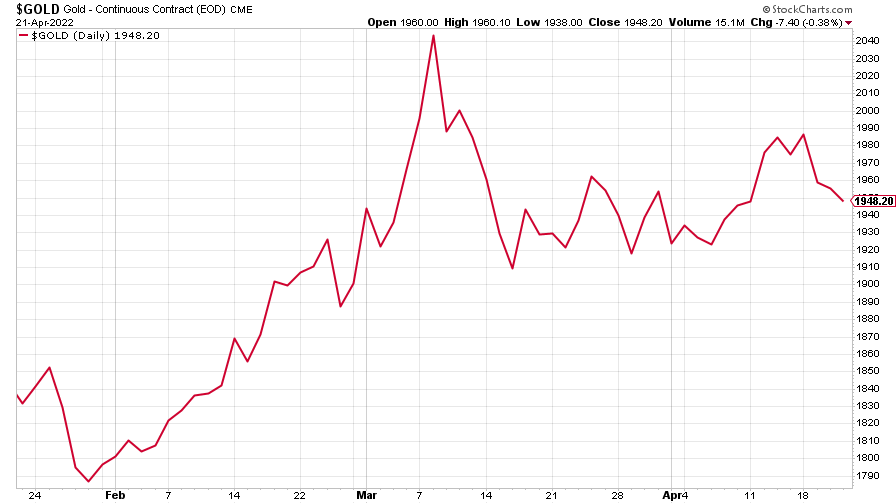 The charts that matter: bond yields and US dollar continue to climb
The charts that matter: bond yields and US dollar continue to climbCharts The US dollar and government bond yields around the world continued to climb. Here’s what happened to the charts that matter most to the global economy.
-
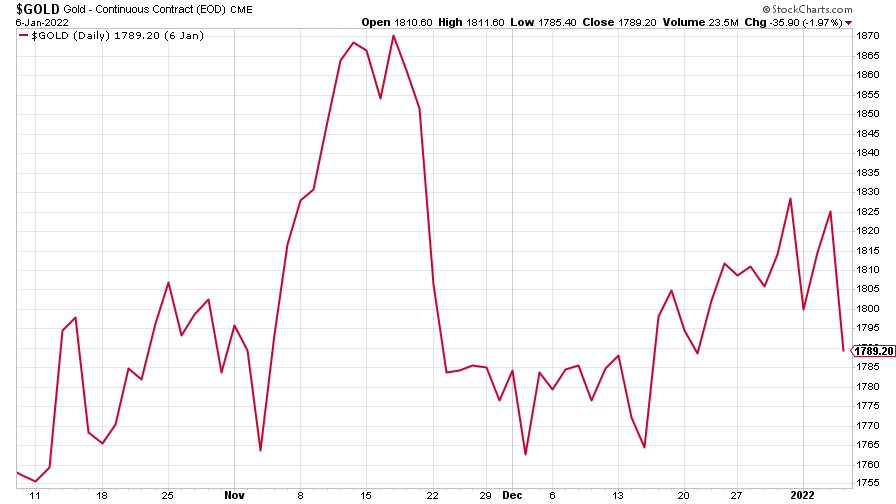 The charts that matter: markets start the year with a crash
The charts that matter: markets start the year with a crashCharts As markets start 2022 with a big selloff, here’s what happened to the charts that matter most to the global economy.
-
 The charts that matter: Fed becomes more hawkish
The charts that matter: Fed becomes more hawkishCharts Gold rose meanwhile the US dollar fell after a key Fed meeting. Here’s what else happened to the charts that matter most to the global economy.
-
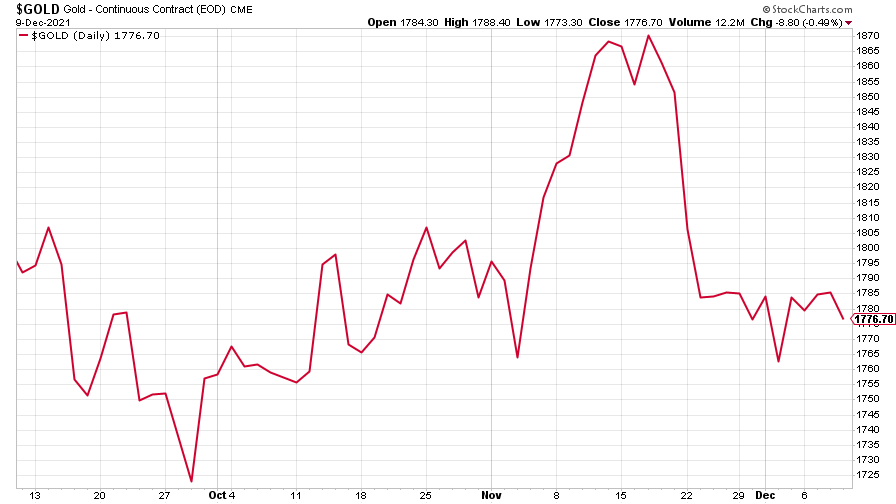 The charts that matter: a tough week for bitcoin
The charts that matter: a tough week for bitcoinCharts Cryptocurrency bitcoin slid by some 20% this week. Here’s what else happened to the charts that matter most to the global economy.
-
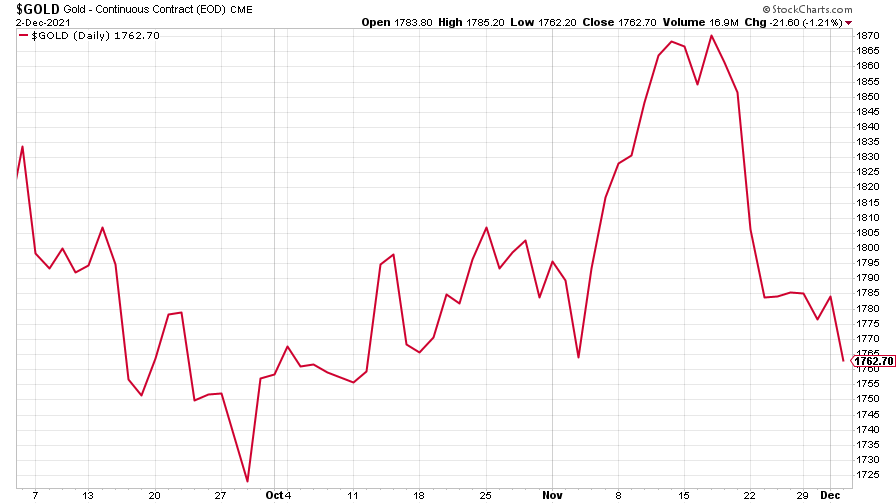 The charts that matter: omicron rattles markets
The charts that matter: omicron rattles marketsCharts Markets were rattled by the emergence of a new strain of Covid-19. Here’s how it has affected the charts that matter most to the global economy.
-
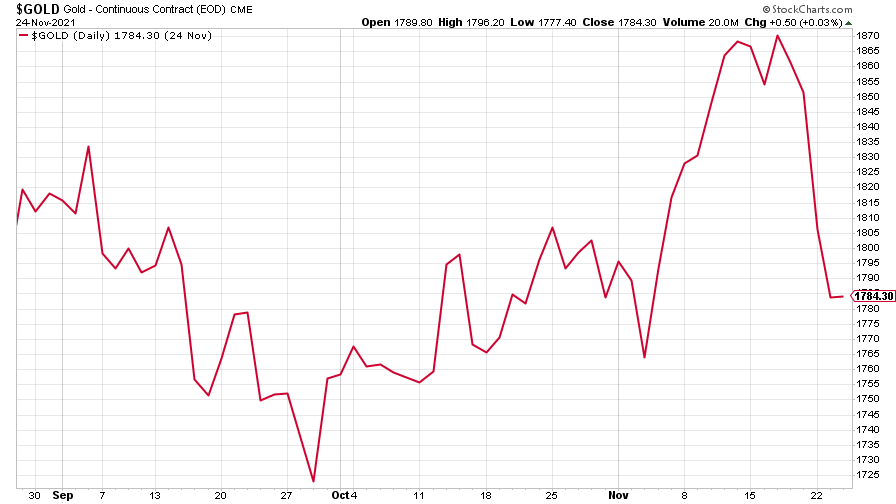 The charts that matter: the US dollar keeps on strengthening
The charts that matter: the US dollar keeps on strengtheningCharts The US dollar saw further rises this week as gold and cryptocurrencies sold off. Here’s how that has affected the charts that matter most to the global economy.
-
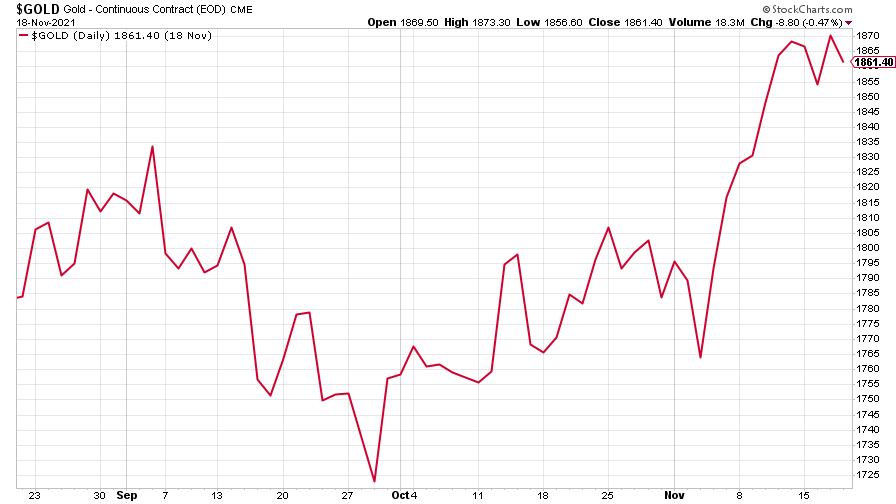 The charts that matter: gold hangs on to gains while the dollar continues higher
The charts that matter: gold hangs on to gains while the dollar continues higherCharts The gold price continued to hang on to last week’s gains, even as the US dollar powered higher this week. Here’s how that has affected the charts that matter most to the global economy.
-
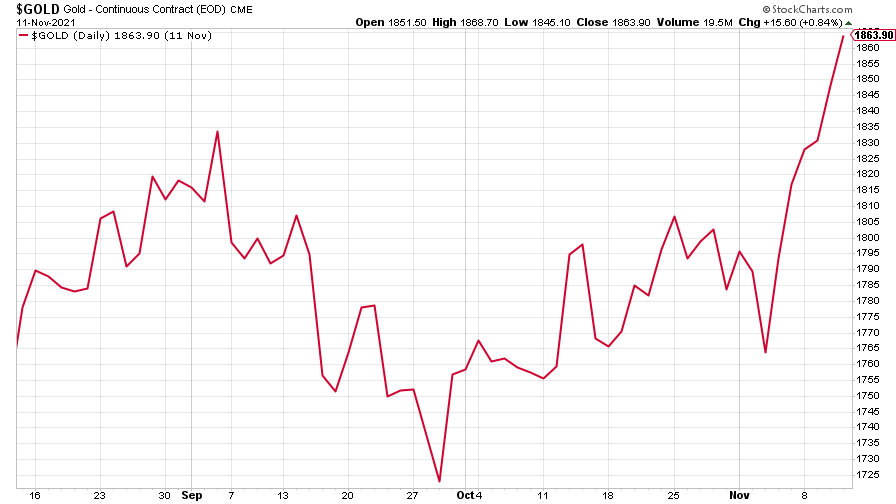 The charts that matter: inflation fears give gold a much needed boost
The charts that matter: inflation fears give gold a much needed boostCharts US inflation hit its highest in 30 years this week, driving gold and bitcoin to new highs. Here’s how that has affected the charts that matter most to the global economy.

